13 high schoolers had the opportunity to meet seven laboratories and their researchers for a week
The Madrid initiative '4º de ESO+Empresa' brings the world of work closer to young people before they decide their professional future
The Instituto de Investigaciones Biomédicas Sols-Morreale (IIBM) has managed to increase the number of places for visiting students in the 4º ESO+Empresa program from three students in 2022 to 13 in 2024. On this occasion, the joint center of the Consejo Superior de Investigaciones Científicas (CSIC) and Universidad Autónoma de Madrid (UAM), welcomed high school students from Madrid to seven laboratories and scientific-technical services for a week. The IIBM receives hundreds of requests each year from Madrid's secondary schools (IES) to participate in this training program, which is why the center is committed to increasing its offerings.
Between March and April 2024, these 13 lucky students participated for several days in the daily work of IIBM scientists, integrated in their cutting-edge biomedical research teams. The students have been able to learn various basic molecular and cellular biology techniques: DNA extraction, protein quantification, agarose and acrylamide gels. The scientists have even allowed the students to participate in some of these tasks, always under their strict supervision.
13 students at five laboratories and two scientific-technical services
María García and Estela Espada, from Colegio Los Tilos, have been introduced to research by Dr. Ángela Martínez-Valverde, who is very committed to the program and has already participated in the two previous editions. Together with her research team, the students have had the opportunity to get in touch with the work on obesity and its co-morbidities. They have become familiar with the laboratory and have been immersed in the use of different cell culture, biochemistry and molecular biology techniques.
Two students from Sagrado Corazón de Jesús-HHSalesianas, Alba Pérez and Irene Vázquez, thanks to their stay with Teresa Navarro at the "Sebastián Cerdán" Biomedical MRI Service, learned various preclinical imaging techniques. Such as magnetic resonance imaging (MR), positron emission tomography (PET) and MR spectroscopy, as well as their applications in the field of biomedicine.
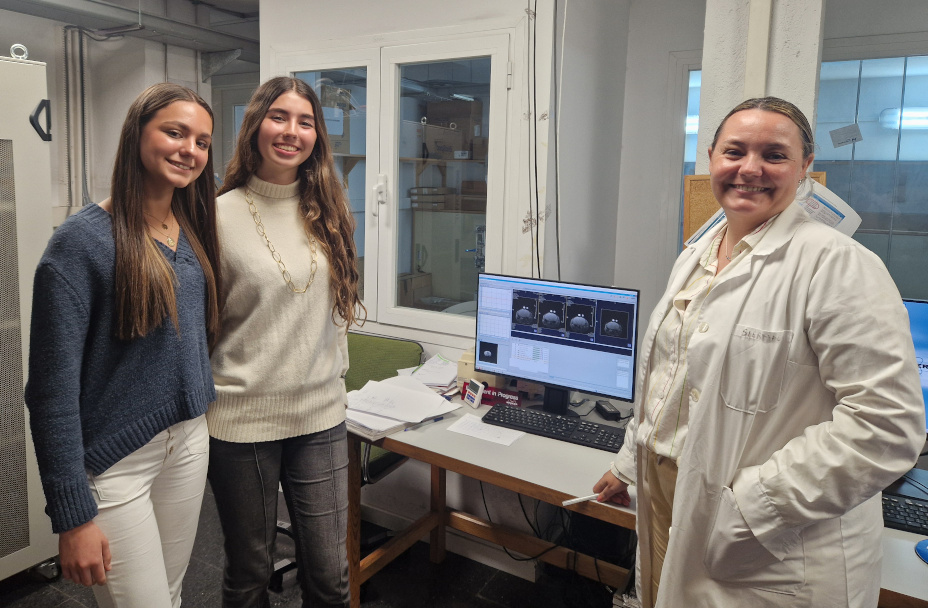
With Dr. Cristina Peña and her team, students Rocío González and Valeria Martínez from Colegio Santa María Maristas Villalba discovered the latest developments in colon cancer research. The work focused on the different cells and components of the tumor microenvironment and their role in the development of cancer. Also, the students learned about cell culture techniques.
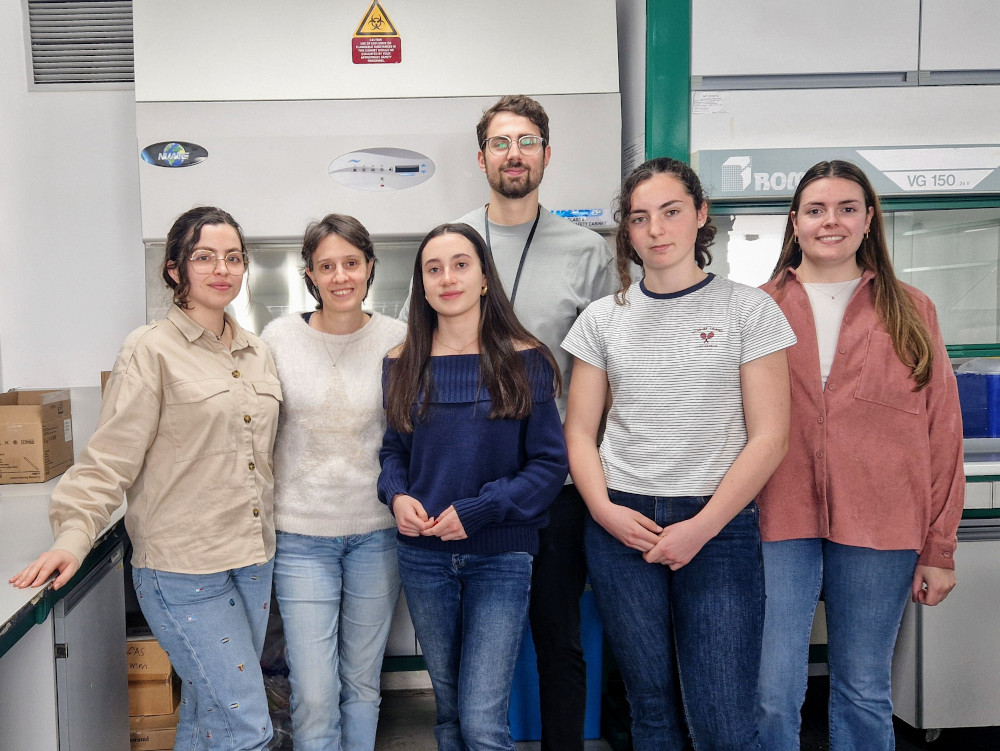
Together with Dr. Guillermo de Cárcer and his research group, students Iris Lagares and Lidia Gómez from CEIPSO San Blas (Ajalvir), learned how to make plasmid transformation and extract DNA from bacteria. In addition, they observed how tumor cells are cultured.

Thanks to Dr. Gemma Rodríguez-Tarduchy and the Genomics Service, students from IES Gran Capitán, Blanca Aranda and Celia Asencio, performed PCR genotyping analysis of transgenic mice (extraction of genomic DNA from the ears of rodents, amplification of a gene, electrophoresis, etc.) and they also learned the transformation procedure of competent bacteria for the purification of plasmids.
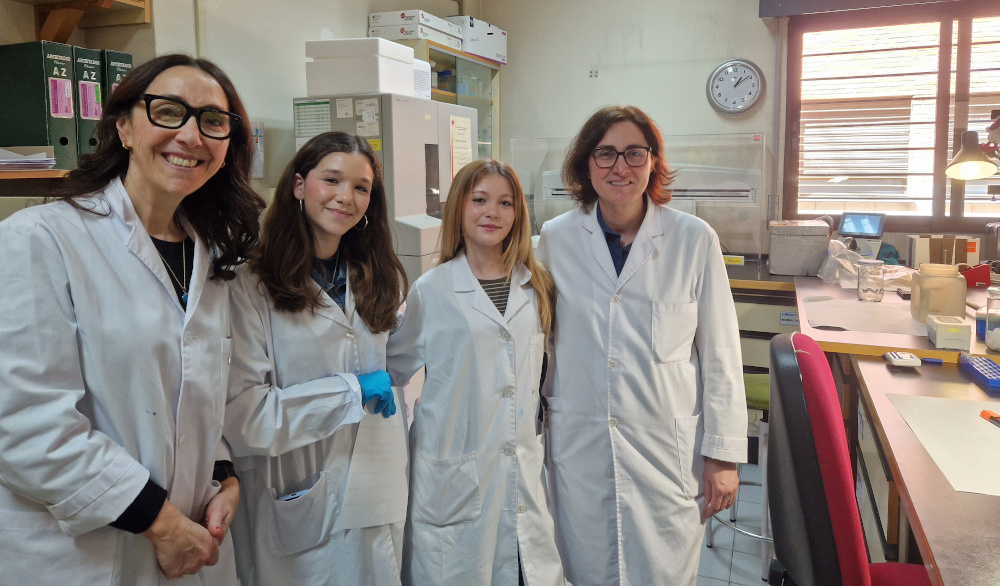
Irene Martín and Sara Gálvez, two students from Colegio San Gabriel, joined Dr. María Isabel Sánchez's group of researchers to learn laboratory techniques related to gastric cancer. The team itself explained their day to day on social networks.
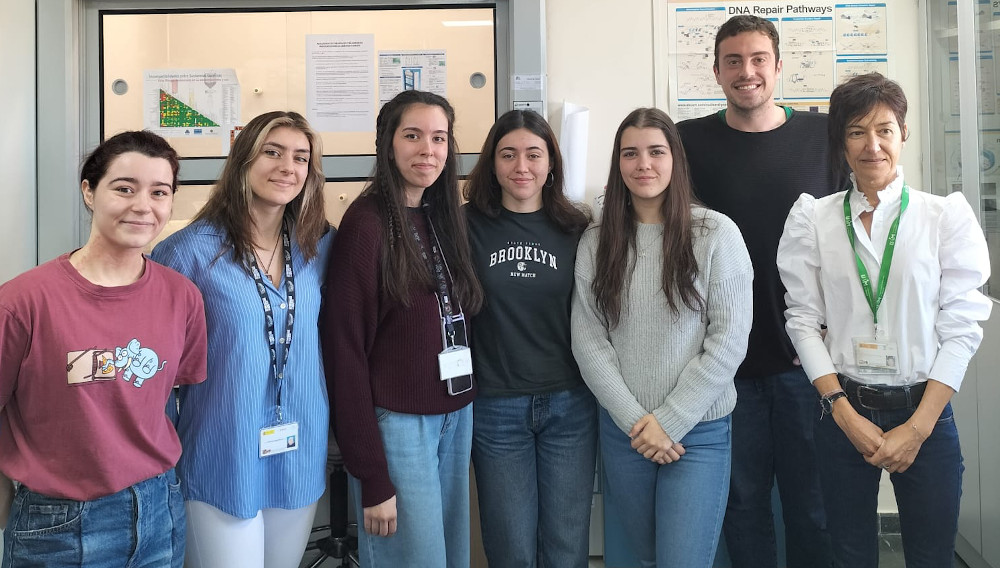
With Dr. José Luis Orgaz and his team, student Eva Arasanz from IES Felipe II learned to perform western blotting of melanoma cell protein lysates, cell survival assays using crystal violet staining, and assays to detect beta-galactosidase, indicative of cellular senescence.
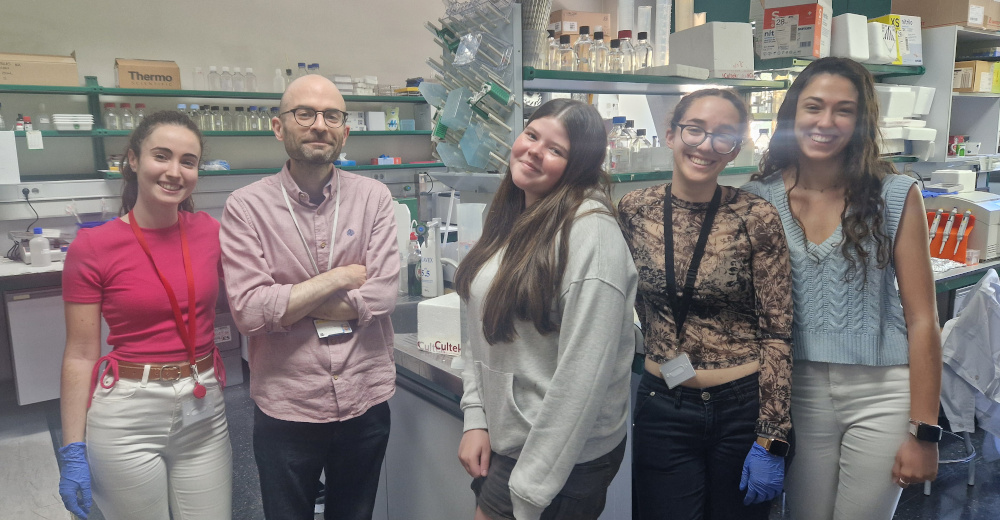
Approaching research to find new job opportunities
The initiative of the Consejería de Educación of the CAM, created in the 2008-2009 academic year, is an educational program that started with the aim of approaching students to the world of employment. The CSIC Delegation in Madrid joined from the beginning to encourage scientific vocation among students in their last year of secondary school.
The 4th year of secondary school students who achieve this opportunity participate on a voluntary basis and are selected by their teachers. The aim behind the program is that young people are better able to make decisions about their academic and professional future.
The Consejería de Educación has reported that each year the number of secondary schools requesting to participate in the activity increases, as well as the number of companies willing to receive students. Given the good experience among all parties, the IIBM expects to continue increasing the number of places in order to further encourage young people to study scientific careers related to biomedicine.
The IIBM would like to thank all the research groups involved in this program and hopes that next year they will also be able to participate.